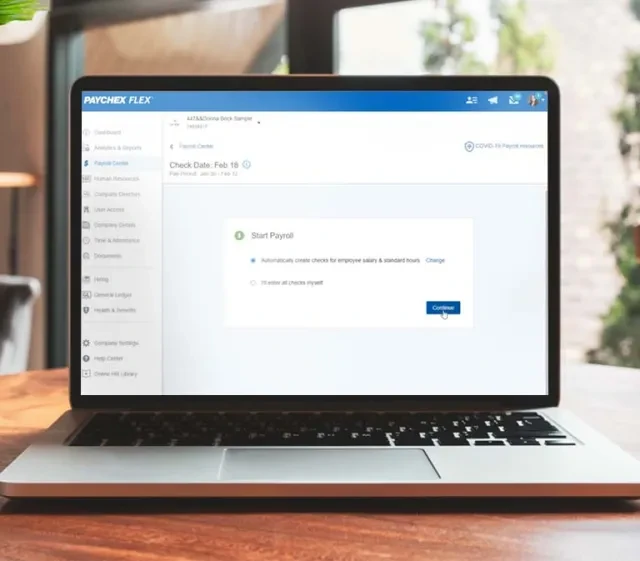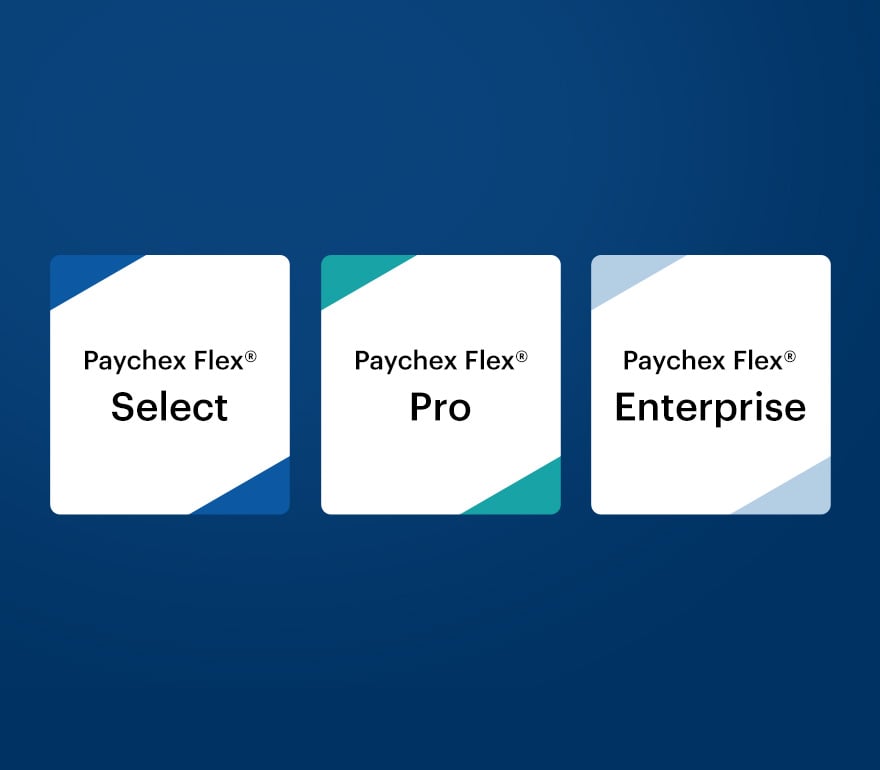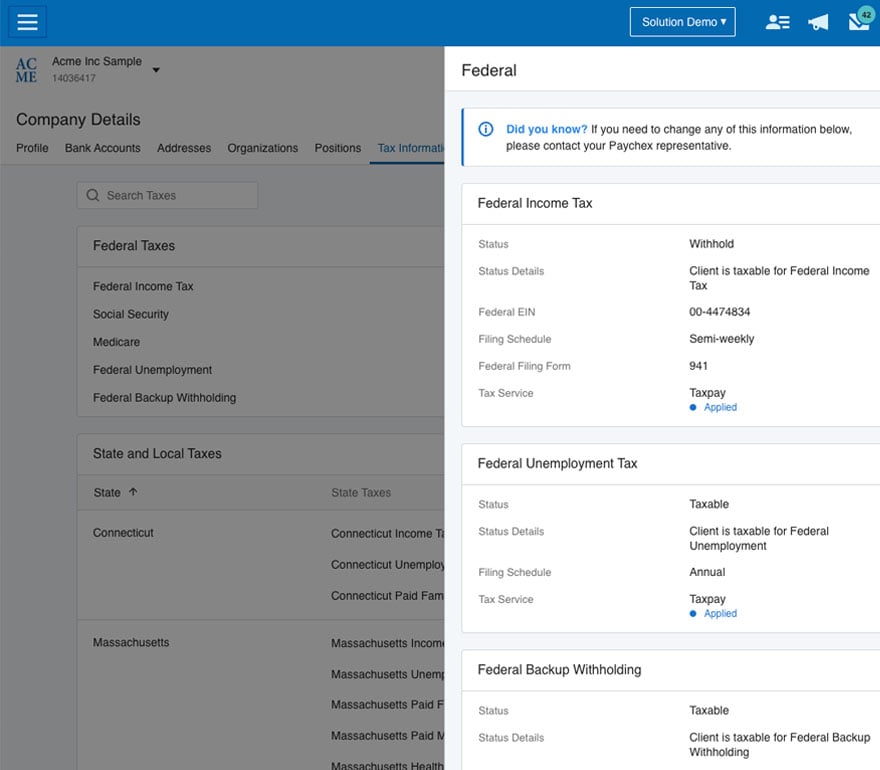Paychex HR and Payroll Services in Phoenix, Arizona
Phoenix businesses turn to Paychex for trusted, efficient, and comprehensive payroll and HR solutions. Count on us for reliable, personalized services that scale with your business needs.
Request a Free Quote
Business Information for Paychex in Phoenix
Address and Phone Number
Need Customer Support?
View Support OptionsBusiness Hours
| Weekday | Time slot | Comment |
|---|---|---|
| Monday | 8:00 am-5:00 pm | MT |
| Tuesday | 8:00 am-5:00 pm | MT |
| Wednesday | 8:00 am-5:00 pm | MT |
| Thursday | 8:00 am-5:00 pm | MT |
| Friday | 8:00 am-5:00 pm | MT |
| Saturday | Closed | |
| Sunday | Closed |
Phoenix
16404 N Black Canyon Hwy
Suite 140, 250
Phoenix, AZ, 85053
Payroll Services for Phoenix Businesses
Simplify Payroll, From Setup To Service and Support
Pay your employees in just a few clicks through our easy-to-use online payroll software.

Compare Plans for Your Business
Phoenix businesses can choose from a range of flexible options, from do-it-yourself solutions to more in-depth payroll support.

Automate Payroll Taxes
Get help calculating, paying, and filing payroll taxes, plus get tax credits your business deserves.

Mobile App for Employers and Employees
Easily access your business’s payroll, HR, and other services directly from your smartphone or tablet.

Ways Paychex Can Support Your Business
Our payroll solutions and HR services in Phoenix can support businesses throughout the entire employee lifecycle.
Find the Right Solution for Your Business
Paychex combines technology, expertise, and customer service to help you move your business forward by finding the right HR and payroll solutions tailored to your unique needs.
















